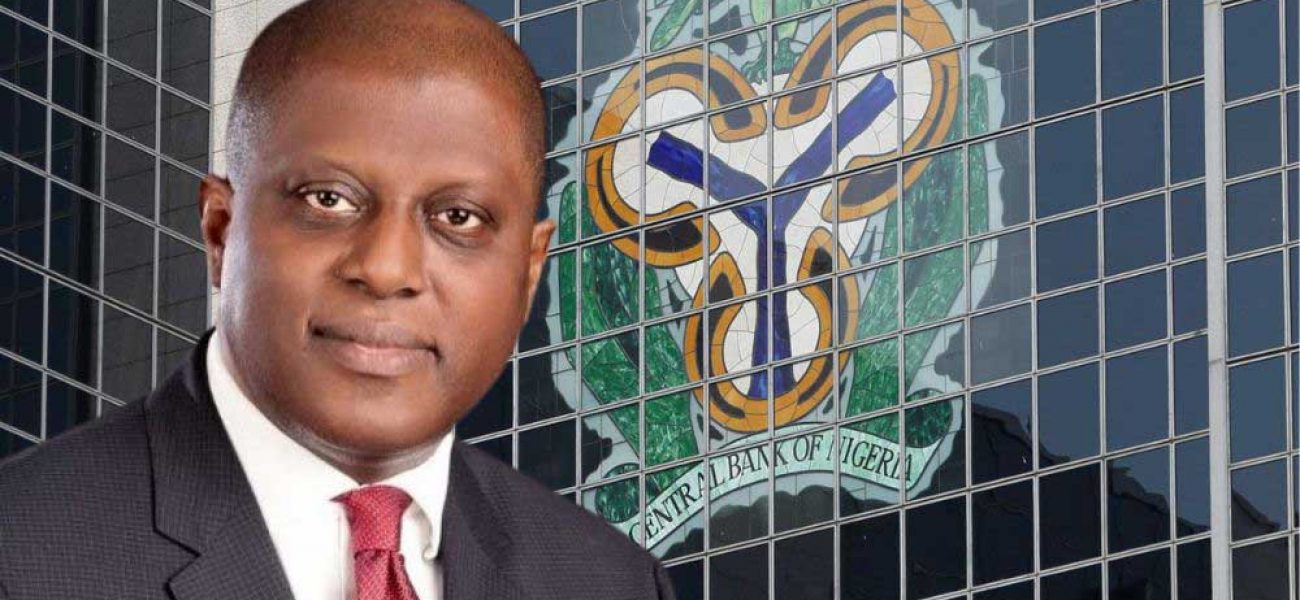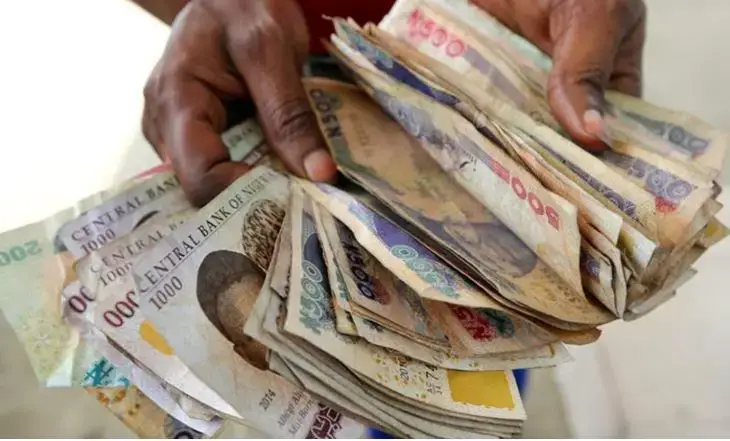The Nigerian Naira faces unprecedented challenges as its exchange rate against the US Dollar has plummeted to a historic low, nearing N1,700/$1 in the official market.
Despite the Central Bank’s concerted efforts to halt the currency’s devaluation, the Naira continues to weaken, casting doubts on the efficacy of the implemented policies.
In the parallel market, where informal trading of the Naira also takes place, reports from operators indicate that the exchange rate has surged to N1650/$1. However, the actual rate fluctuates based on the availability of dollars, presenting a volatile situation.
In a bid to secure much-needed currency, an importer attempted to purchase $1 million at an alarming rate of N1,700/$1. Regrettably, the transaction fell through, underscoring the severe shortage of foreign currency in circulation.
CBN’s Strategies Under Scrutiny
Despite the Central Bank’s series of foreign exchange reforms aimed at bolstering the supply of foreign currency and easing restrictions on demand, the exchange rate has depreciated by a staggering 10%.
Recent data as of January 31 reveals that following the Central Bank’s directive to banks to manage their net open positions, the exchange rate stood at N1,455/$1 in the official market. However, it swiftly deteriorated to close at N1,577.9/$1, signalling scepticism regarding the effectiveness of the CBN’s forex policies.
In response to the escalating crisis, the Central Bank has issued multiple circulars and implemented policy actions quickly, aiming to liberalize the forex sector further. Notable measures include transitioning towards a market-driven exchange rate mechanism, potentially leading to the free-floating of the Naira.
A recent circular from the Central Bank announced significant changes, including removing restrictions on the spread between buy and sell rates in interbank forex transactions and the sale of proceeds from such transactions.
The move towards a “Willing Buyer and Willing Seller” basis for forex transactions aims to introduce more flexibility into exchange rates, allowing market forces to determine rates independently.
Despite these efforts, the exchange rate in the official market weakened from N1,469/$1 to N1,534/$1 following the policy announcement, reflecting continued scepticism among market participants.
Structural Challenges Amplify Exchange Rate Woes
The persistent depreciation of the Naira underscores structural challenges within Nigeria’s economy, with dwindling forex inflows unable to meet escalating demand.
Despite assurances from the Ministry of Finance regarding anticipated forex inflows, no significant improvements have materialized, leaving the Naira vulnerable to further devaluation.
During a recent interview on Arise TV, Yemi Cardoso emphasized that addressing underlying economic issues such as inflation and fostering export growth are crucial for stabilizing the Naira.
Data from the National Bureau of Statistics reveals a staggering inflation rate of 29.9% in February, which underscores the urgent need to tackle these fundamental economic issues.
Without addressing these structural challenges, the effectiveness of forex policies in stabilizing the exchange rate remains uncertain, posing significant economic risks for Nigeria.











